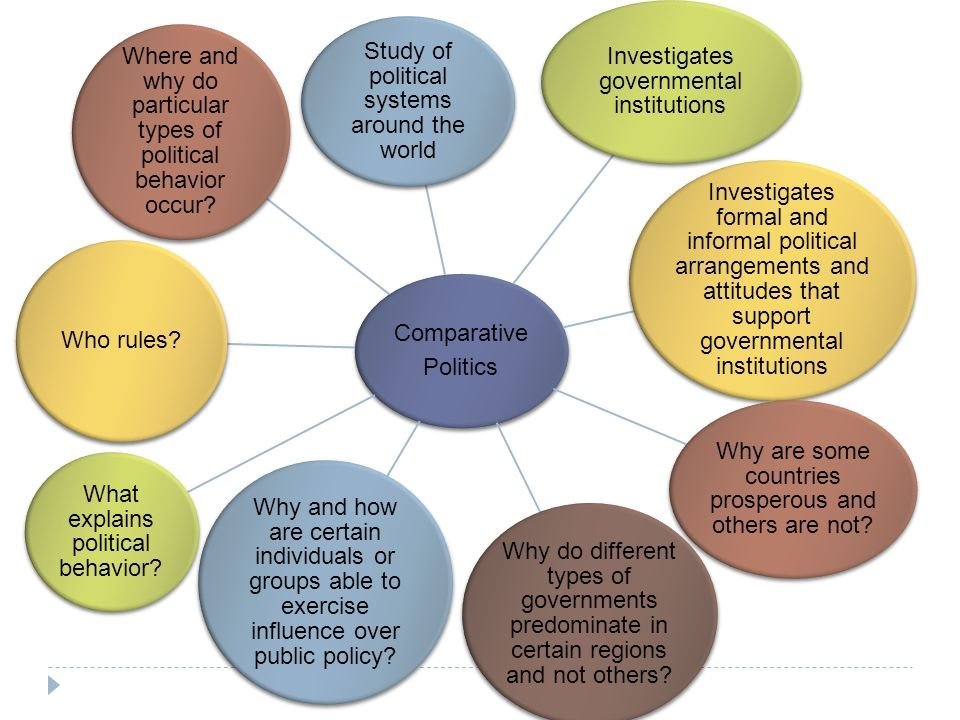Political power structures serve as the backbone of governance systems, dictating the distribution and exercise of authority within societies. This blog embarks on a comprehensive exploration of diverse political power structures, conducting a comparative analysis to unravel their nuances, implications, and impacts on governance and citizenry.

Exploring Different Political Power Structures
1. Unitary Systems
Unitary systems concentrate power at the national level, where the central government holds significant authority and delegates limited power to lower administrative units.
2. Federal Systems
Federal systems distribute power between central and regional governments, granting a degree of autonomy to subnational entities within the framework of a unified nation.
3. Confederal Systems
Confederal systems represent alliances of independent states or regions, with a central governing body possessing limited authority, primarily coordinating common interests.
Comparative Analysis of Power Distribution
1. Centralization vs. Decentralization
Comparing unitary and federal systems allows us to assess the advantages and disadvantages of centralization versus decentralization in governance.
2. Balance of Power
Analyzing power balances within political structures sheds light on the checks and balances, accountability mechanisms, and the separation of powers between branches of government.
Implications of Different Power Structures
1. Policy Implementation and Flexibility
Examining how different structures affect policy implementation provides insights into their efficiency, adaptability, and responsiveness to societal needs.
2. Representation and Local Governance
Comparative studies enable us to evaluate the representation of diverse interests and the effectiveness of local governance in addressing regional needs.
Citizen Participation and Political Culture
1. Impact on Civic Engagement
Understanding how power structures influence citizen participation offers insights into the levels of civic engagement and citizen empowerment within societies.
2. Political Stability and Socioeconomic Development
Comparative analysis helps gauge the stability and developmental trajectories facilitated by different power structures across nations or regions.
Conclusion
Political power structures are fundamental pillars shaping governance frameworks and societal dynamics. A comparative study allows us to discern their intricacies, strengths, and weaknesses, providing valuable insights into the diverse models of governance around the world.







